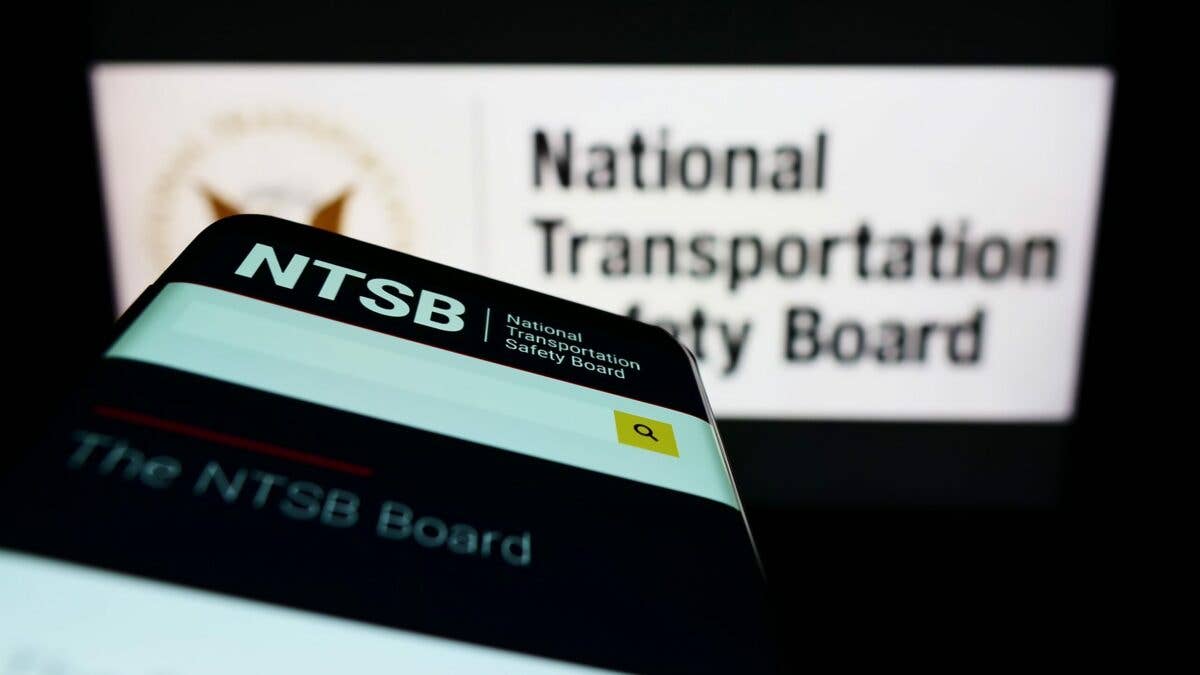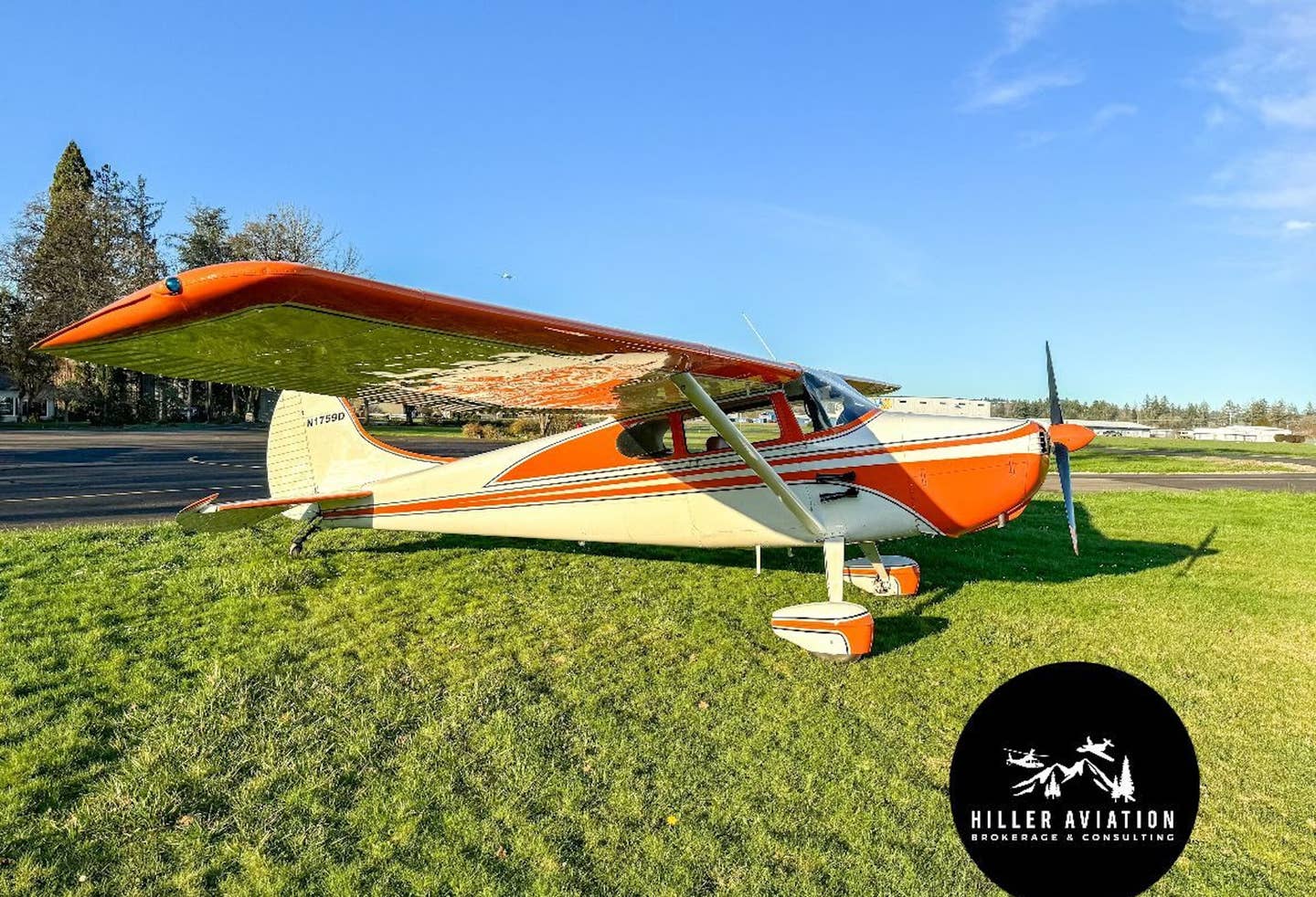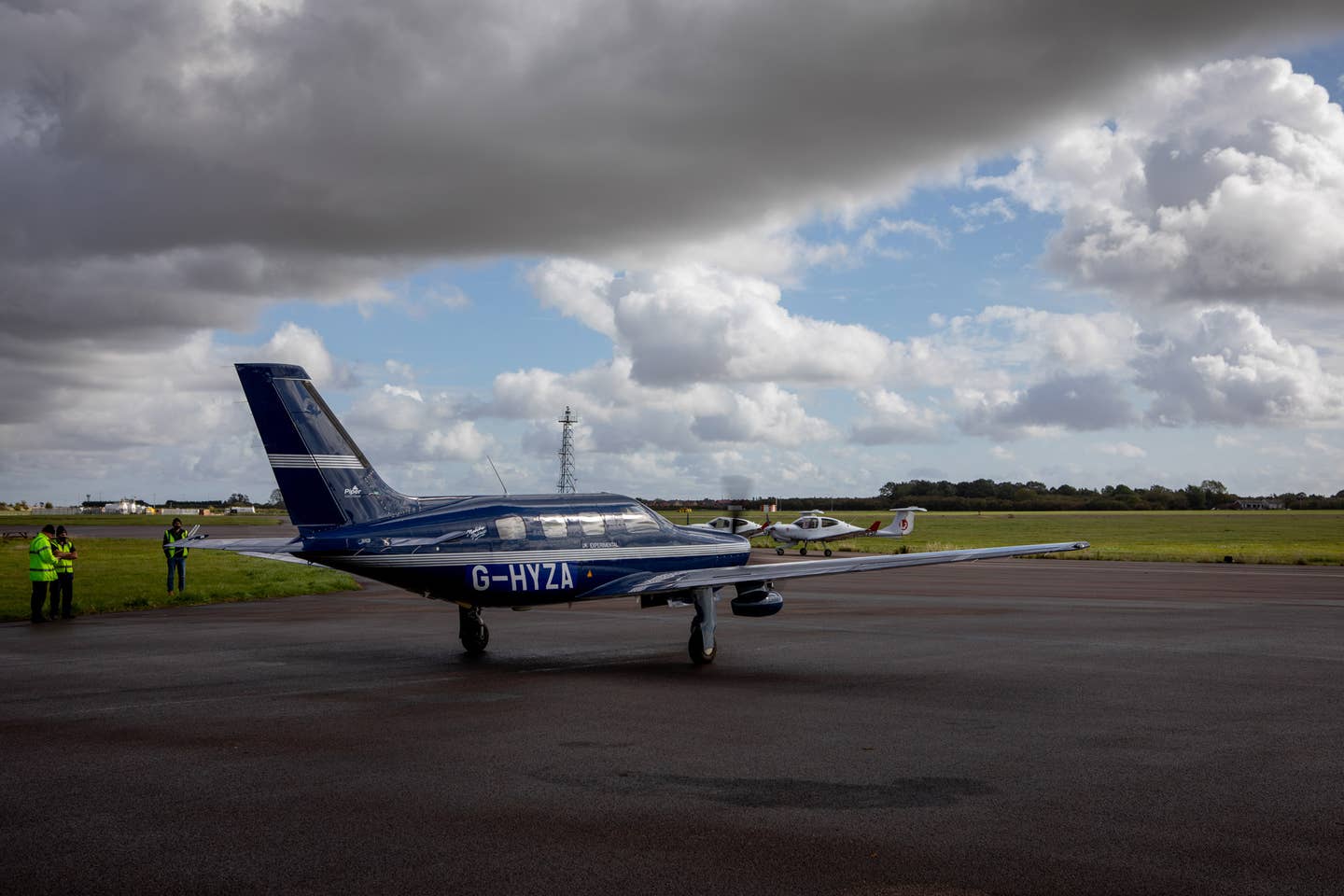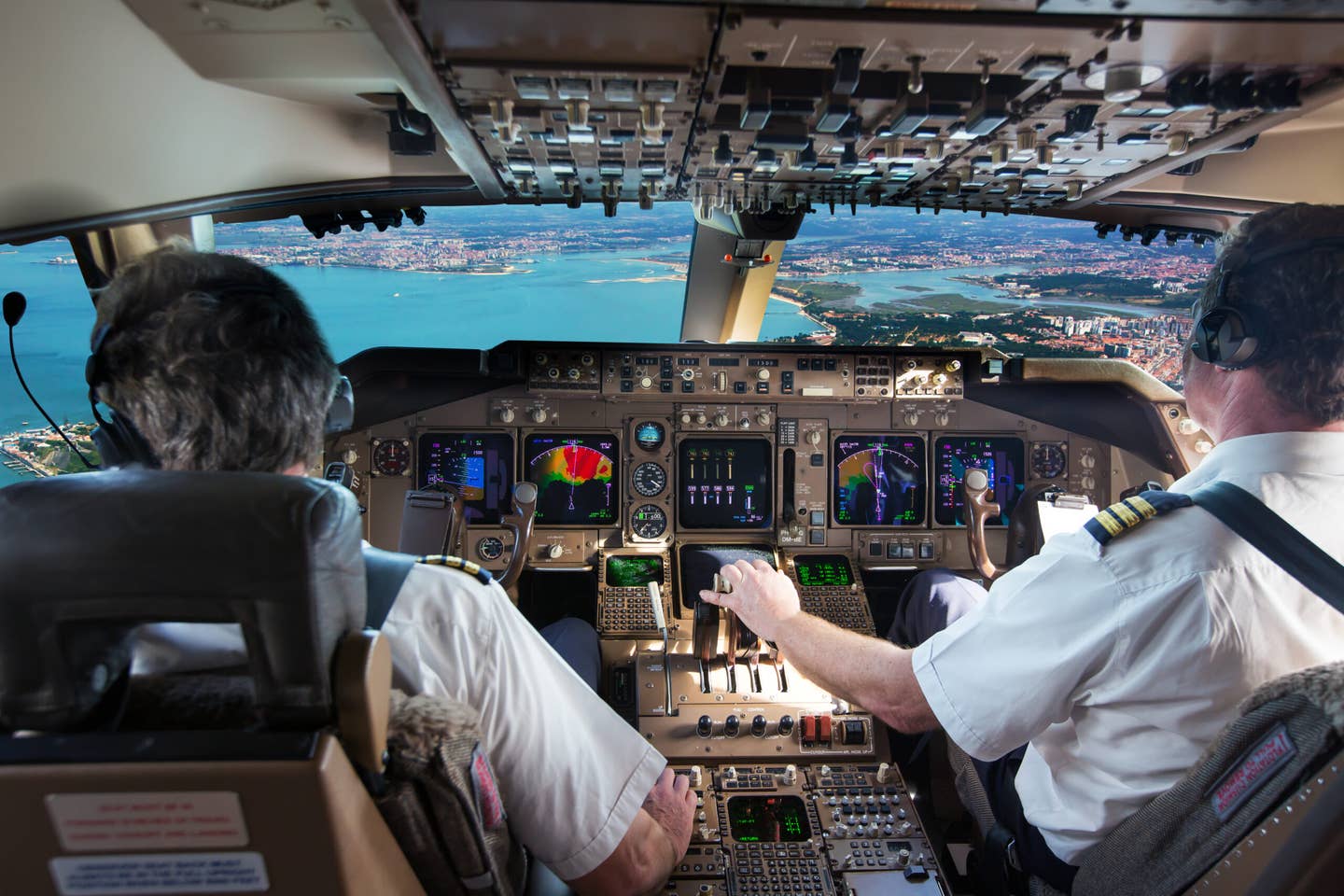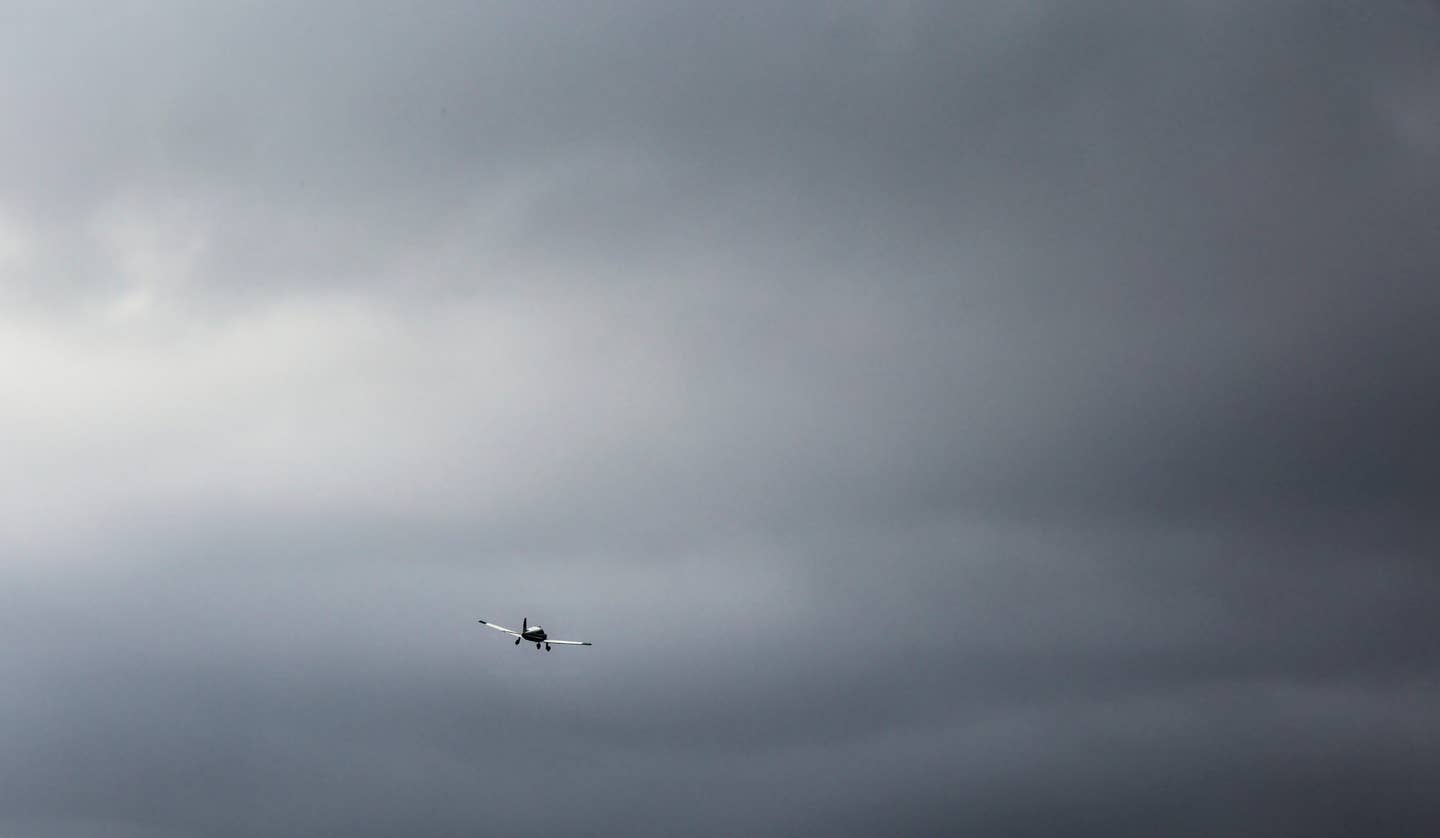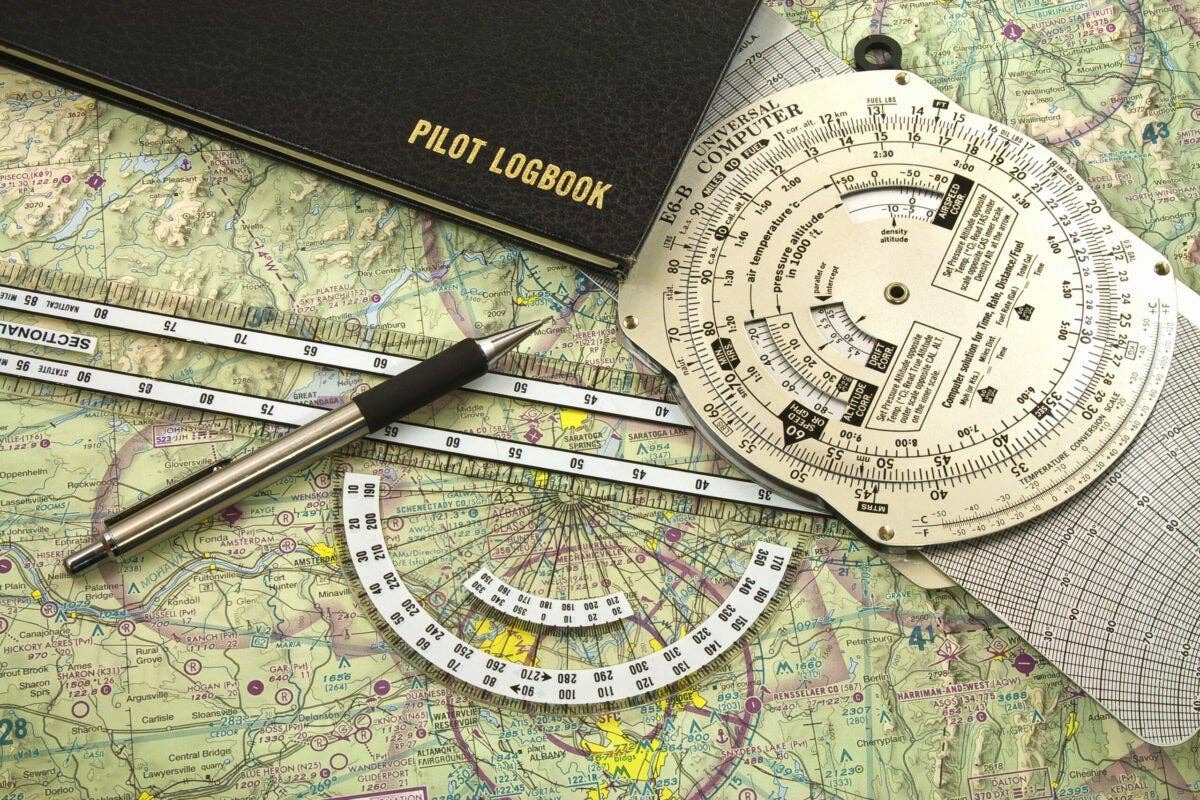Flying on the Fourth of July: 3 Things to Know
Watching fireworks shows from the air can be done safely and legally, provided you take some precautions.

[FLYING file photo]
There comes a time in every pilot's life when they want to view Fourth of July fireworks from the air.
It can be done safely and legally, provided you take some precautions.
Check the TFR
Commercial fireworks displays often come with a temporary flight restriction (TFR). Check the FAA's map before you launch. Be sure to note the duration of the airspace restriction.
The airspace may be closed over the show site to a specific altitude to protect the crowd below or to provide protection for TV production crews over the show box to provide a live broadcast.
How High Up Should You Be?
According to information gleaned from multiple commercial fireworks providers, such as Keystone Fireworks, Skylighter, and Pyro Innovations, fireworks are usually shot at an angle, such as 75 to 90 degrees, and go as high as 1,200 feet agl. Flying at least 2,000 feet agl should put you above the festivities.
Fireworks, Up Close
Depending on where your aircraft is based, the takeoff and landing can be the most challenging part of the flight, as sometimes people use airport property to stage personal fireworks shows. This is particularly true at nontowered airports and airparks. You have not lived until you have had a bottle rocket zip across the runway when you are on short approach.
You don't have to file a flight plan to observe fireworks from the air, but it might be a good idea to obtain flight following, and have your ear and eyes on the ADS-B, because you'll like having some company up there. You're not the only one who wants to see fireworks from the air.
Watching a fireworks show—or several simultaneously—from the air does have some drawbacks. If you are up too high, you may lose sight of the display in the lights on the ground.
Also, in the aircraft you cannot hear the fireworks going off or smell them. For some people, the auditory and olfactory aspect is a big part of the experience.

Sign-up for newsletters & special offers!
Get the latest FLYING stories & special offers delivered directly to your inbox

